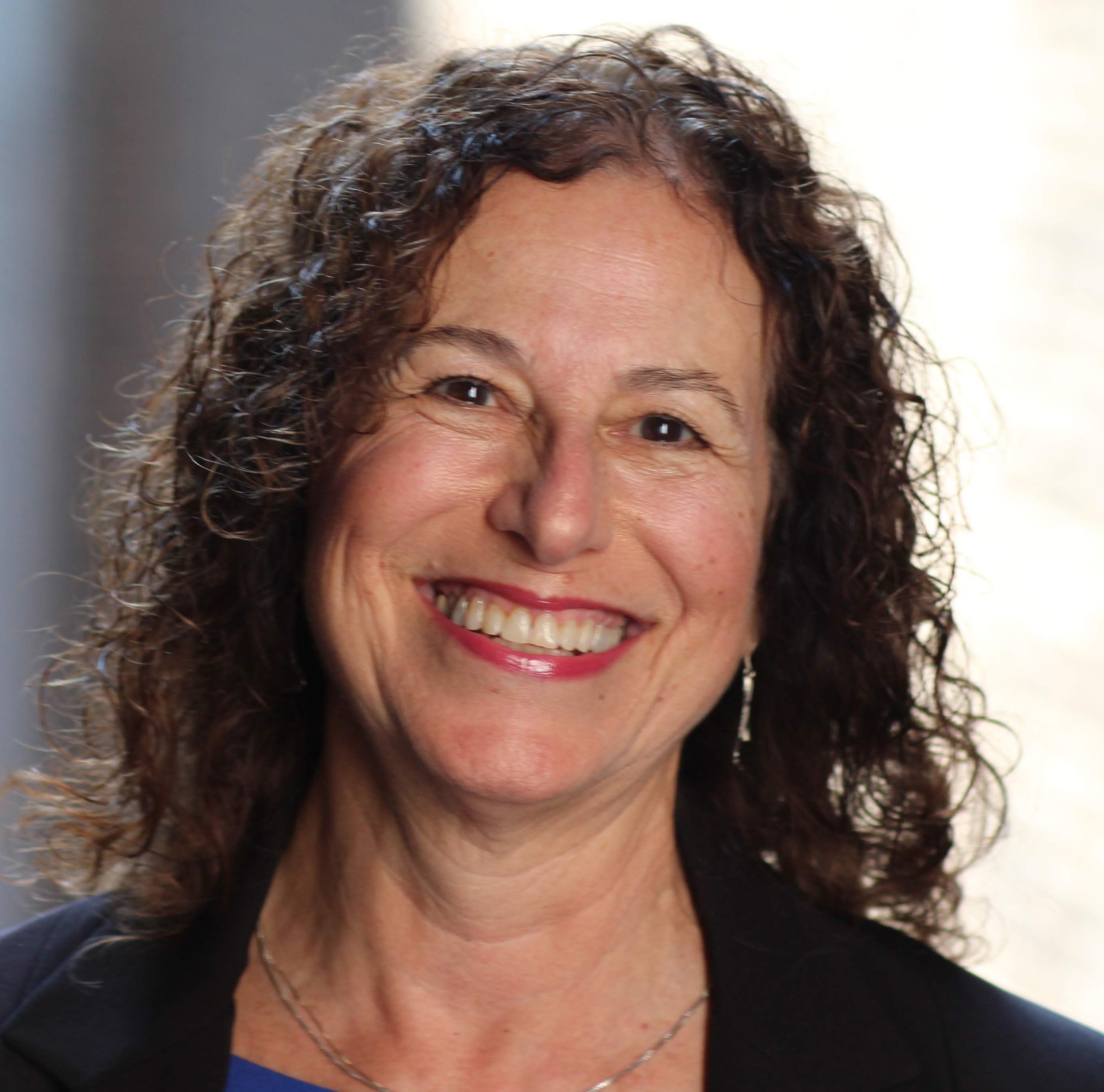As every parent knows, kids will do what they see and hear adults and siblings do. As supervising adults, we may think we’re being responsible when we instruct children on appropriate behavior. The reality is, we can admonish them until we’re blue in the face that they should use respectful language, but if we drop the “f bomb” on a regular basis, we can be pretty sure we will hear it come out of our kids’ mouths as well. We can tell our kids that it is wrong to hit someone, but if we routinely spank them when they overstep a boundary, what message are they really getting from us?

"Take my hand", Stephan Hochhaus, https://www.flickr.com/photos/stephanski/
Similarly, educators serve as role model adults in schools and communities. Being an educator comes with responsibilities beyond the position for which we were hired. Whatever our primary role may be in a school—teacher, administrator, dean, safety agent, counselor, school secretary, artist in residence, etc.—we are always behavior role models. Every action we take, every verbal exchange we engage in, is witnessed by children in the school and absorbed by them like a sea of sponges soaking up the water.
How does this relate to bullying?
As a society we encourage adults to talk to our children extensively about why bullying is wrong, reminding them that they should not bully anyone, that they should report bullying if they see it happening, and that they should support victims of bullies. At Leadership our Empowering Upstanders bullying prevention curriculum focuses on these witnesses, who are the majority of those involved in bullying incidents, guiding them to develop effective and safe strategies and skills for thwarting bullying and supporting victims either in person or online.
These are fine ideals and using a successful program will help move a school culture in the right direction. But even in this case, if the adults are also standing in the hallways and yelling at kids in equal measure when one of them repeatedly harasses another, or if we dismiss persistently demeaning talk about a particular student because it happens in passing between classes and there is no time to address it in the moment, what are we really teaching our children? If the kids get home at the end of the night to parents not living up to that model behavior, what are we teaching then?
If we as adults behave like bullies or bystanders instead of Upstanders in classrooms and hallways, communities and homes, we are sending mixed messages to kids, essentially trying the old “do as I say, not as I do” tactic, which has never had much success.
On the other hand, if we model behavior that is neither bullying nor standing by passively, but proactively encourages respectful communication, if we show authentic support for those who are being bullied and are brave enough to be public in our interaction, then we teach our children how to build a safe community where there is respect for all and bullying is not acceptable. If we want the students in our schools and our children at home to learn how to stand up for others, then we have to model just how to do that.


Comments [0]
Click here to read/write comments